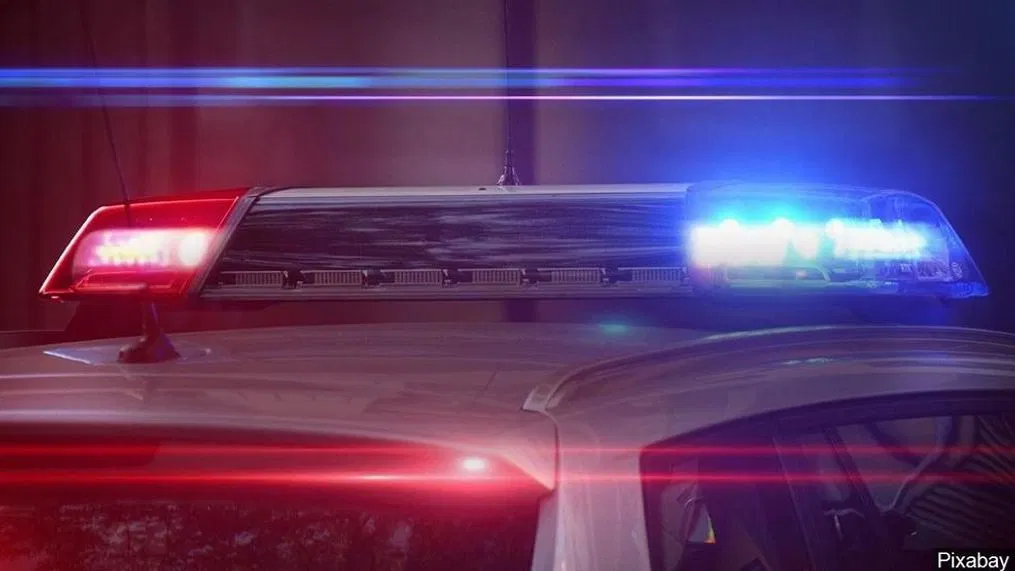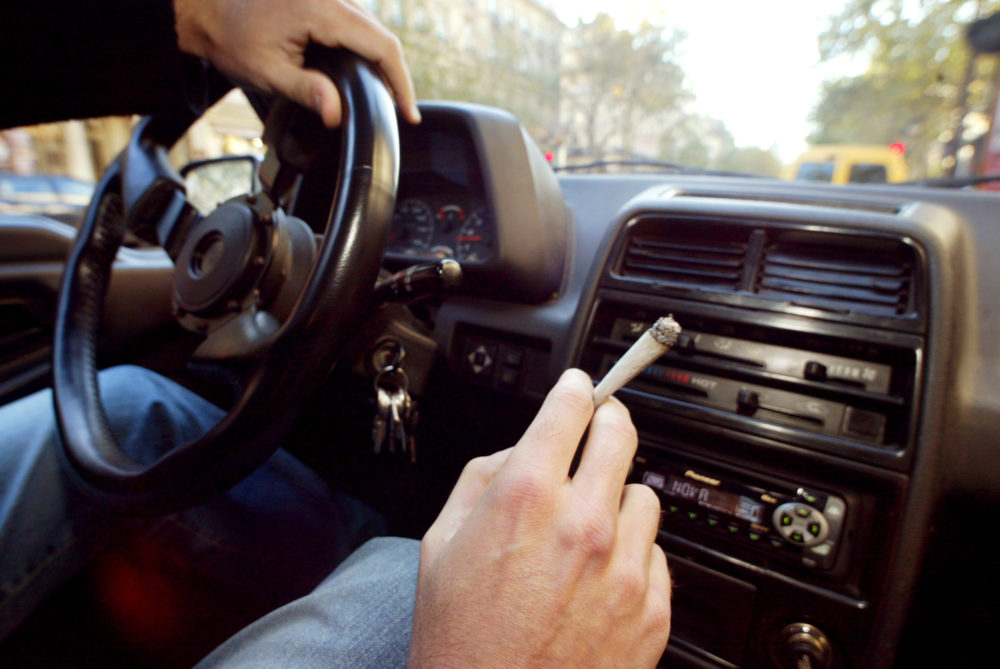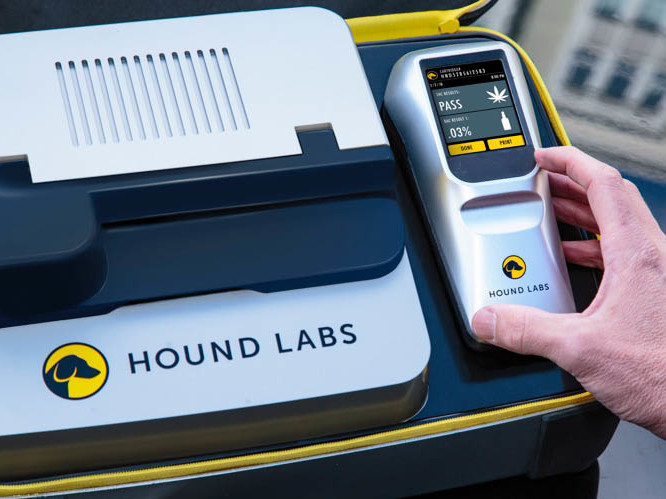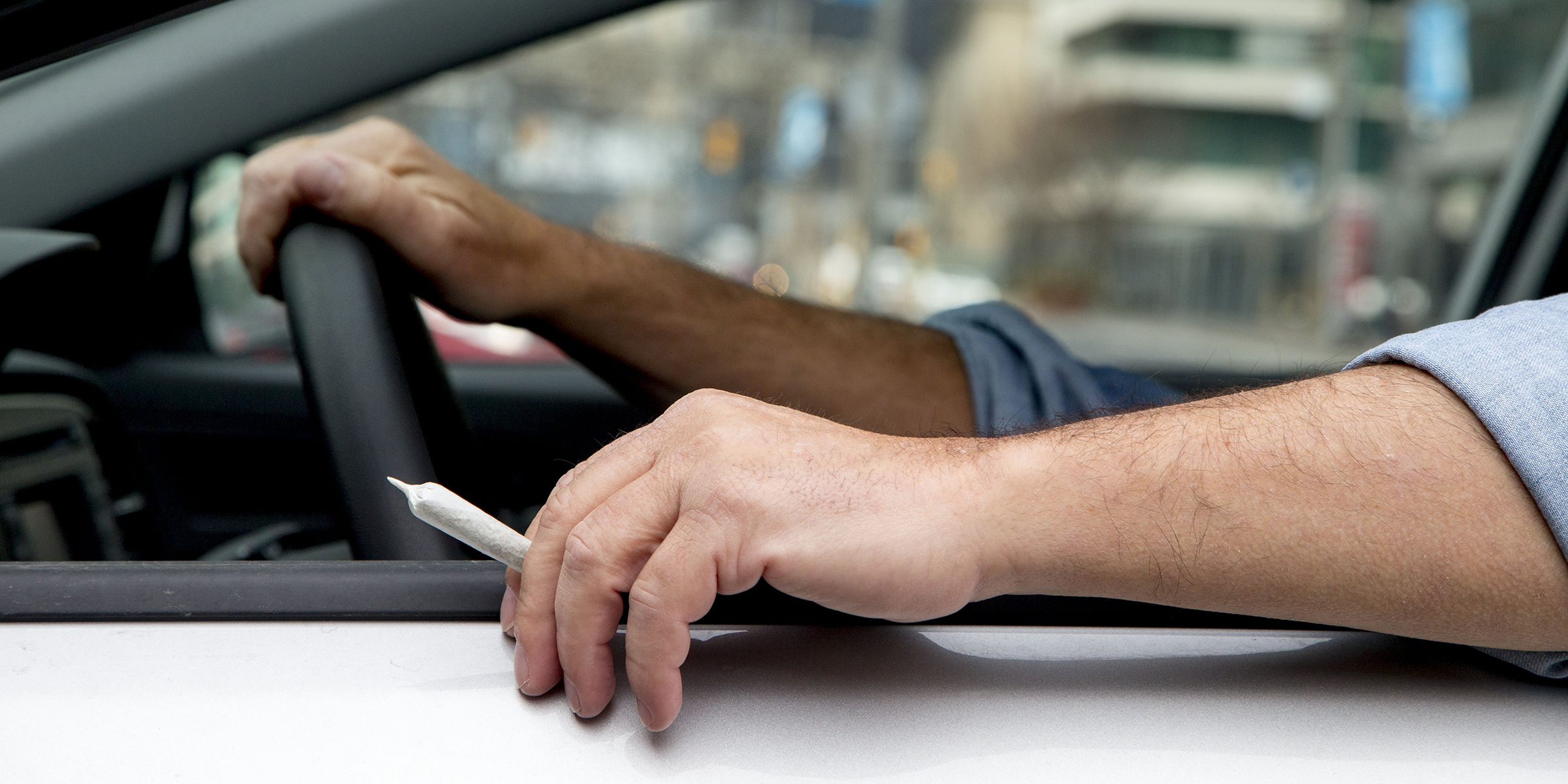Introduction
As marijuana decriminalization spreads across the country. There is a growing need for technology that can accurately measure THC levels to determine impairment while driving. Unlike alcohol, which has a well-established blood alcohol level limit. Thus, measuring THC levels poses unique challenges due to the way it interacts with the body. In this article, we will explore the current methods and limitations of measuring THC levels for driving. As well as, the efforts being made to develop a reliable marijuana Breathalyzer.
The Science of THC Detection
THC, or delta-9-tetrahydrocannabinol, is the psychoactive component in marijuana that affects cognition and motor skills. Unlike alcohol, which dissolves in water, THC is a fat-soluble compound. This means that it is absorbed into fatty tissues in the body, including the brain. As a result, THC does not distribute evenly throughout the body like alcohol does, making it challenging to establish a direct correlation between THC levels and impairment.

Blood Tests and THC
Blood tests are commonly used to measure THC levels in the body. However, they have limitations when it comes to determining recent marijuana use and impairment. THC rapidly clears out of the blood in occasional users within a couple of hours. Thus, making it difficult to detect impairment accurately.
On the other hand, heavy smokers may have a constant, moderate level of blood THC even when they are not high. This discrepancy in THC levels between occasional and chronic users makes it challenging to establish a standardized threshold for impairment based on blood tests alone.
Breathalyzer for Marijuana
One potential solution to accurately measure recent marijuana use and impairment is the development of a marijuana Breathalyzer. Companies like ElectraTect are working on creating a handheld device that can detect THC on breath samples.
Clinical trials have shown that trace amounts of THC can be present on breath between three to six hours after usage, which corresponds to the peak impairment window. This technology aims to provide law enforcement with a tool to detect recent THC use and promote public safety on the roads.
Challenges and Limitations
Measuring THC levels for driving poses several challenges and limitations due to the unique characteristics of THC and its interaction with the body. Some of the key challenges include:
Variability in THC Metabolism
Factors such as body composition, metabolism, frequency of use, and method of consumption all affect how quickly THC is eliminated from the body. This results in significant variations in how quickly individuals metabolize THC. This variability makes it difficult to establish a universal standard for measuring impairment based on THC levels.
Lack of a Standardized Threshold
Unlike alcohol, which has a well-established blood alcohol concentration (BAC) limit for impairment, there is currently no consensus on a standardized threshold for THC levels. Determining the exact THC level at which an individual is impaired is complex and requires further research and scientific validation.
Timeframe of Impairment
THC affects each individual differently, and the duration of impairment can vary depending on various factors. While blood tests can detect THC use over a longer period, it may not accurately reflect impairment at the time of testing.
This discrepancy between THC levels and impairment further complicates the development of a reliable measurement for marijuana impairment.

Efforts to Develop a Marijuana Breathalyzer
Several companies, including ElectraTect, Hound Labs, and Cannabix Technologies, are actively working on developing marijuana Breathalyzers to detect recent THC use and impairment. Each company approaches the problem differently, but the goal is to create a device that can accurately measure THC levels in breath samples.
ElectraTect’s Approach
ElectraTect, founded in 2020, is using fuel-cell technology. Which is already widely used in alcohol Breathalyzers, to develop their marijuana Breathalyzer. This approach aims to leverage the existing knowledge and infrastructure of alcohol Breathalyzers while adapting it to detect THC on breath samples. The company focuses on capturing the “peak impairment window” by detecting trace amounts of THC on breath between three to six hours after usage.
Hound Labs and Cannabix Technologies
California-based Hound Labs and Canadian firm Cannabix Technologies are also working on their versions of marijuana Breathalyzers. While each company has its unique approach, their ultimate goal is similar. This is to create a device that can accurately measure THC levels in breath samples. As well as, provide law enforcement with a tool to detect recent marijuana use and impairment.

The Road Ahead
Developing a reliable and standardized method for measuring THC levels for driving is an ongoing challenge. The scientific community, law enforcement agencies, and regulatory bodies continue to work together to address the complexities of marijuana impairment and establish guidelines for safe driving. Research and development in the field of marijuana Breathalyzers offer promising potential for accurately measuring recent marijuana use and impairment. However, further research, validation, and regulatory approval are needed before these devices can be widely implemented.
Conclusion
Measuring THC levels for driving poses unique challenges due to the nature of THC and its interaction with the body. While blood tests can detect THC use, they may not accurately reflect impairment at the time of testing. Companies like ElectraTect, Hound Labs, and Cannabix Technologies are actively developing marijuana Breathalyzers. Which offer a potential solution for accurately measuring recent marijuana use and impairment. These devices aim to provide law enforcement with a tool to promote public safety on the roads.
However, more research and validation are required to establish standardized thresholds and guidelines for marijuana impairment. Ultimately, a multidisciplinary approach involving science, law enforcement, and regulatory bodies is necessary to address the complexities of measuring THC levels for driving and ensure road safety.
Note: This article is for informational purposes only and should not be considered legal or medical advice. Always consult with a qualified professional for accurate and up-to-date information regarding driving under the influence of marijuana.

